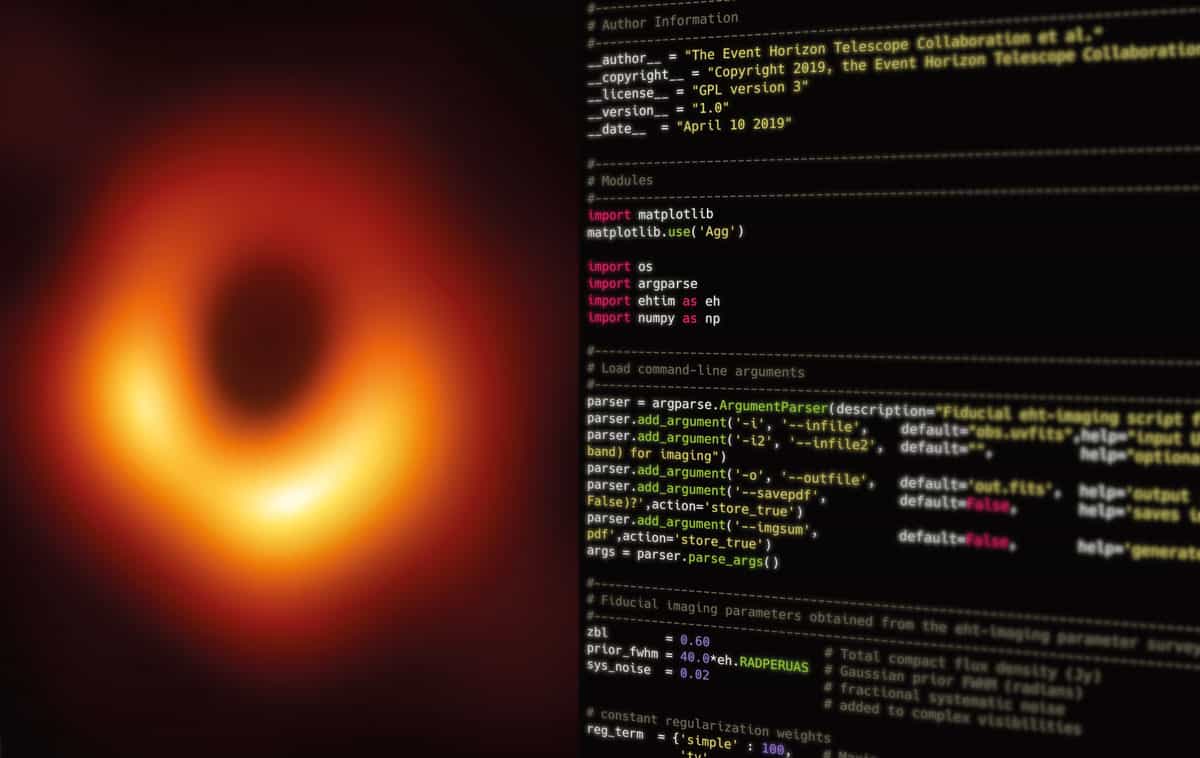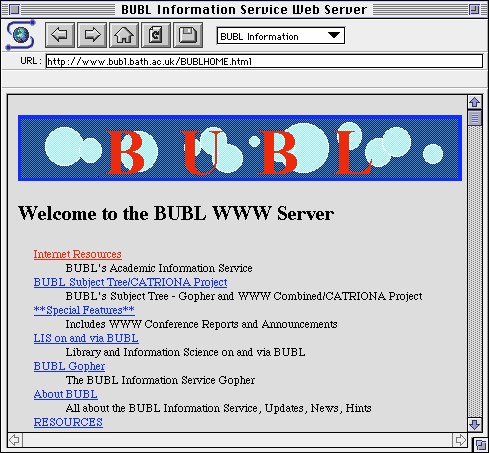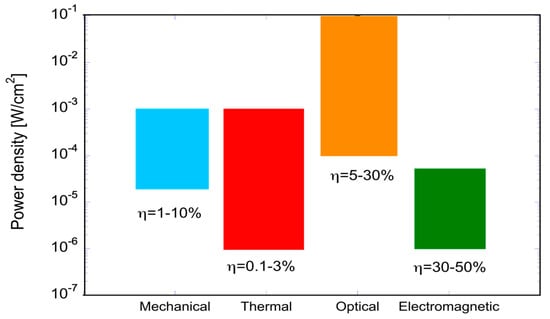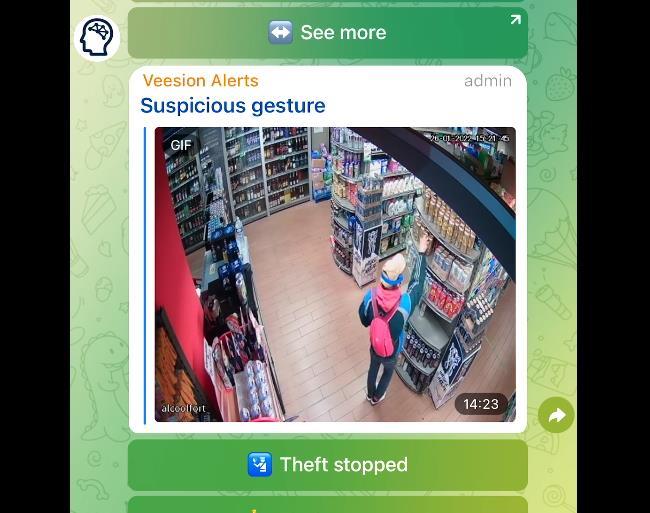The justice system’s role in non disclosure of Horizon material
The subpostmasters who are the victims of the most extensive miscarriage of justice that has ever happened in the UK criminal justice system, blame in part the law relating to the admissibility of computer generated evidence. In 1984 the Police and Criminal Evidence Act (PACE) introduced strict rules to be followed which authenticated the accuracy of such evidence, before it could be put to a court in a trial. Section 69(1)(a) required ‘that there are no reasonable grounds for believing that the statement is inaccurate because of improper use of the computer’ and section 69(1)(b) required ‘that at all material times the computer was operating properly.’
In 1999 these provisions were repealed. Reports in the media stated a presumption was introduced into law on how courts should consider electronic evidence. The new rule introduced in 1999 followed a Law Commission recommendation for courts to presume that a computer system has operated correctly unless there is explicit evidence to the contrary (Karl Flinders, Computer Weekly, 20 January 2021).
Alex Hern, writing in the Guardian (12 January 2024), quoted Stephen Mason, a barrister and expert on electronic evidence, who said: ‘It says, for the person who’s saying “there’s something wrong with this computer”, that they have to prove it. Even if it’s the person accusing them who has the information.’ Is this a correct interpretation of the law? The Crown Prosecution Service’s online legal guidance (always an authoritative and useful source) states that since the 1999 change in the law, computer evidence must follow the common law rule, that a presumption will exist that the computer producing the evidential record was working properly at the material time and that the record is therefore admissible as real evidence.
/cloudfront-us-east-2.images.arcpublishing.com/reuters/2ZJFJEPJQRKPPGAEOEZP4XYNZY.jpg)




















